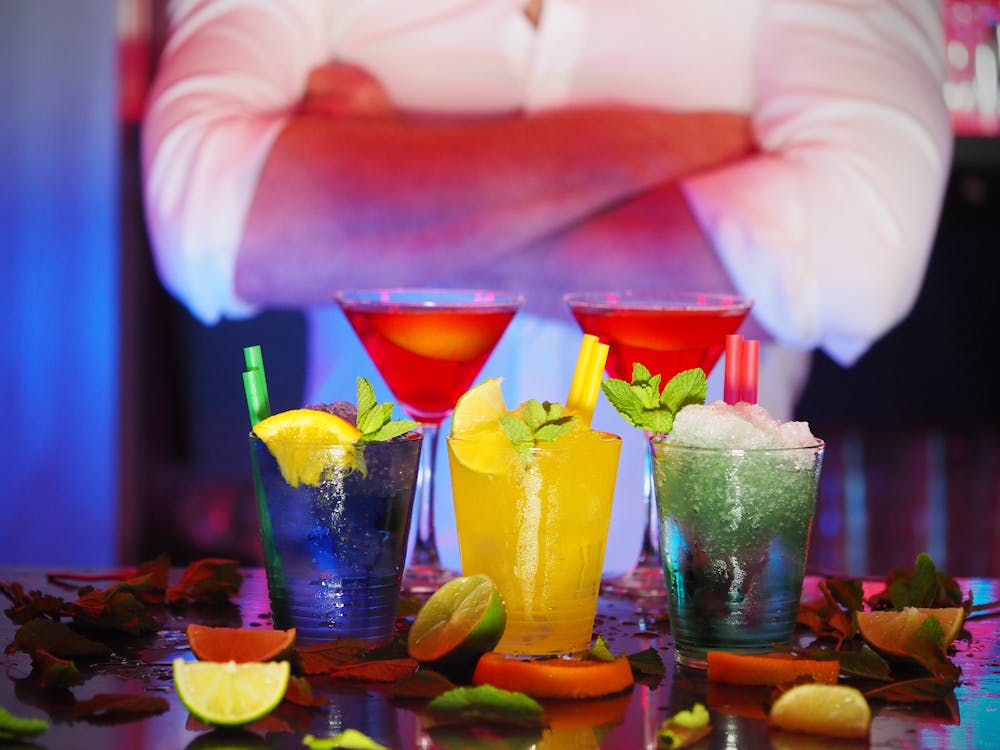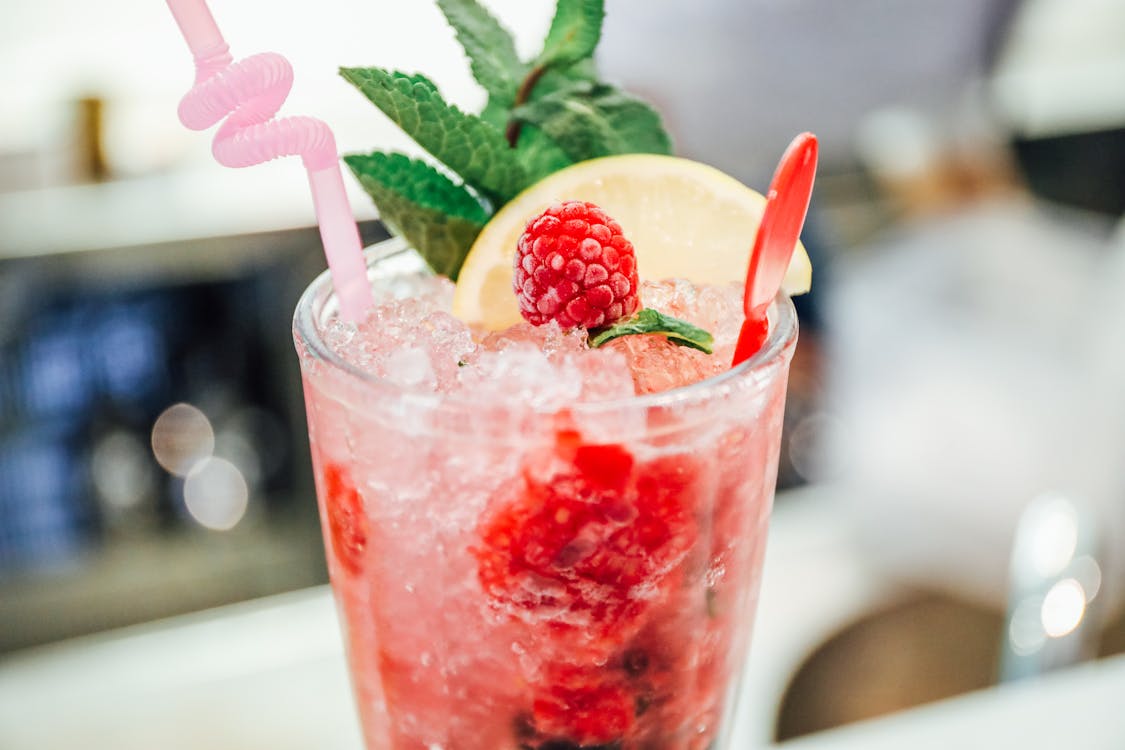The universe of frozen drinks is a captivating blend of art and science, where the quest for the perfect texture and flavor involves an intricate dance of ingredients, temperatures, and techniques. Behind the frosty allure of a well-crafted frozen cocktail lies a deep understanding of the science of freezing, blending, and emulsification. In this article, we embark on a journey to unravel the mysteries of the science behind frozen drinks, exploring the factors that contribute to achieving the perfect consistency and elevating the experience of every icy sip.
1. Freezing: The Transformation of Texture

At the heart of frozen drinks lies the transformative power of freezing. Ice crystals form when liquids are exposed to temperatures below their freezing points. In the world of cocktails, managing these ice crystals is crucial to achieving the desired texture.
Temperature Matters: The temperature at which a frozen drink is prepared plays a significant role in determining its consistency. Too cold, and the drink might become overly slushy; too warm, and the desired iciness might be lost. Achieving the right balance is key.
Agitation and Formation: The agitation caused by blending or shaking introduces air into the mixture, forming tiny air bubbles that contribute to the drink’s smooth texture. Balancing the air content and ice crystal formation is an art that experienced mixologists master.
2. Blending Techniques: Crafting Velvety Elegance
Blending techniques are at the forefront of achieving the perfect consistency in frozen drinks. The right blending approach can turn a collection of ingredients into a velvety masterpiece.
Pulse vs. Continuous Blend: Pulse blending, where the blender is turned on and off in short bursts, can help control the texture by preventing excessive air incorporation. Continuous blending, on the other hand, is used to achieve uniformity in mixtures.
Layered Ingredients: Layering ingredients in the blender can affect the blending process. Starting with liquids and softer ingredients at the bottom and adding ice last helps prevent cavitation (air pockets forming around the blades) and ensures even blending.
3. Role of Stabilizers and Emulsifiers: Maintaining Consistency

Stabilizers and emulsifiers are culinary wizards that ensure the longevity and uniformity of frozen drinks by managing ice crystal formation and ingredient separation.
Xanthan Gum: This natural thickening agent stabilizes frozen drinks by preventing the separation of ingredients. It enhances the texture and mouthfeel, creating a more indulgent experience.
Lecithin: A natural emulsifier derived from soybeans or egg yolks, lecithin ensures that fat-soluble and water-soluble ingredients remain well combined. It’s often used to create creamy textures in frozen cocktails.
4. Ingredients and Their Impact: Balancing Flavors and Textures
The components that make up a frozen drink play a significant role in determining its final consistency. The interplay between these ingredients can lead to a harmonious blend of flavors and textures.
Sugars and Alcohol: Both sugars and alcohol can lower the freezing point of a mixture, affecting the consistency. Sugars, like those found in syrups or liqueurs, can contribute to a smoother texture by reducing the size of ice crystals. Alcohol can also impact freezing by altering the freezing point.
Fresh Ingredients: Fresh fruits and herbs bring not only flavors but also moisture to the mix. The water content in these ingredients affects the overall freezing process and can lead to different consistencies.
5. Chilling Techniques: The Role of Equipment

The equipment used in freezing plays a crucial role in achieving the perfect consistency. Different types of freezers and blenders can impact the texture and taste of frozen drinks.
Ice Cream Makers: These machines are designed to churn and freeze the mixture simultaneously, creating a smoother texture by minimizing ice crystal formation.
High-Performance Blenders: Blenders with powerful motors and sharp blades excel at crushing ice and blending ingredients to create a consistent texture.
6. Textural Exploration: The Impact on the Senses
Texture is as important as flavor when it comes to enjoying frozen drinks. The right consistency not only enhances the drinking experience but also engages the senses.
Mouthfeel: Achieving a silky-smooth texture enhances the mouthfeel of a frozen drink. The drink should feel pleasant and inviting, encouraging repeated sips.
Aroma Release: Texture influences aroma release. The right consistency ensures that the drink’s aromas are released gradually, heightening the sensory experience with each sip.
The Art and Science of Frozen Drink Mastery

Crafting the perfect frozen drink involves more than simply blending ingredients together. It’s a symphony of temperature control, ingredient selection, blending techniques, and a deep understanding of how these elements interact. The science behind frozen drinks marries culinary creativity with physics to produce icy masterpieces that delight the palate and spark the imagination.
So, the next time you savor a frosty margarita or relish the creamy indulgence of a frozen coffee beverage, remember that behind the scenes, science is at work, ensuring that every sip is a harmonious fusion of flavor and texture. Whether you’re a home mixologist or a professional bartender, embracing the science of frozen drinks is the key to achieving the perfect consistency and elevating the art of cocktail crafting to new heights. Cheers to the captivating world of frozen drinks – where science and creativity blend to create chilly delights worth savoring.


